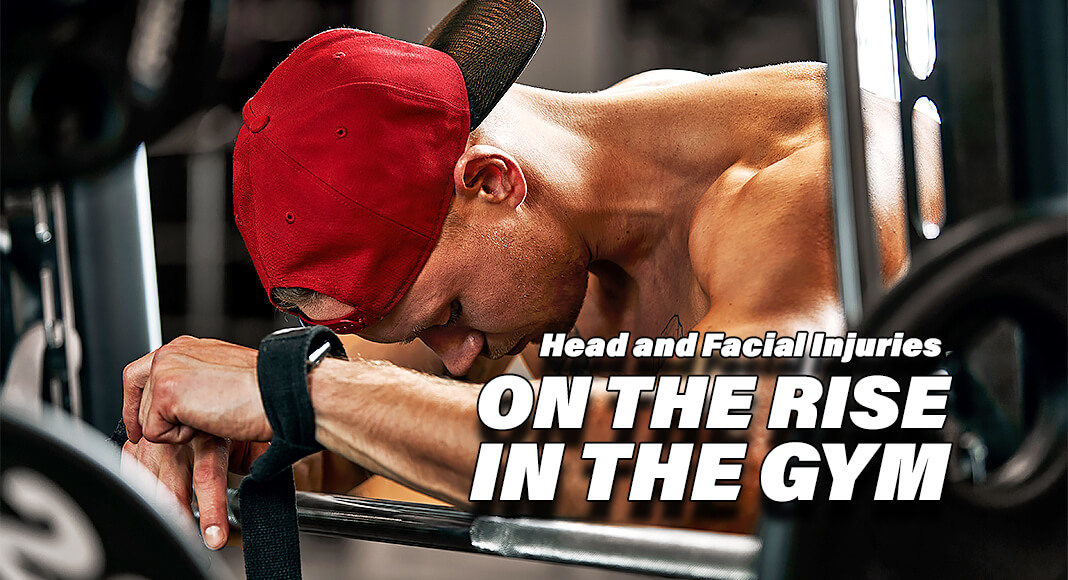
Mega Doctor News
By Wolters Kluwer Health: Lippincott
Newswise — Waltham — Numbers of craniofacial injuries related to exercise and weightlifting have increased sharply over the past decade, reports a study in The Journal of Craniofacial Surgery. The journal is published in the Lippincott portfolio by Wolters Kluwer.
“Incidence of craniofacial injury significantly increased between 2013 and 2022, illuminating the need for better education and risk mitigation strategies,” according to the new research by Rohan Mangal, MSc, and colleagues of University of Miami. Rates of exercise-related head and facial injuries appear higher for men than women, and for adolescents and young adults compared to older age groups.
Increasing incidence of exercise-related head and face injuries
Using the Consumer Product Safety Commission’s National Electronic Injury Surveillance System, the researchers identified US emergency department visits for craniofacial injuries related to “exercise and equipment.” The data included a total of 582,972 such injuries occurring between 2013 and 2022.
Over this ten-year period, the annual incidence rate of exercise- and weightlifting-related head and facial injuries increased by 32.7%. While most injuries occurred in men (55.7%), the increase in incidence was nearly twice as high in women (44.5% versus 24.2%).
On analysis by age, adolescents aged 15 to 19 had the highest rate of craniofacial injuries: 9.9%. This figure decreased gradually until age 40 to 44 years, then increased again up to age 65 to 69 years. Head injuries were the most common type of exercise- and weightlifting-related injuries (45%), followed by injuries to the face (26%) and neck (21%). Other injury categories included mouth, eye, and ear injuries (less than 5% each).
Increased craniofacial injuries may reflect rise in gym membership
Internal injuries (25.2%) and lacerations (24.8%) were the most common types of injuries. Other diagnoses included contusions or abrasions (12.9%) and strains or sprains (11.9%). Only 8.5% of patients were hospitalized, mainly due to internal organ injuries or fractures. For patients with internal injuries to the head, hospital admission rates were higher (15% to 20%).
Studies of injuries related to exercise and weightlifting have focused on other areas such as the limbs and lower back, while craniofacial injuries have been “insufficiently characterized,” according to the authors. Citing a recent report that 22% of people in the United States have a fitness club membership, the researchers estimate that such injuries occur in about 1 out of every 1,264 gym-goers per year.
The higher rate of exercise- and weightlifting-related craniofacial injuries in men may reflect social pressures to exercise or lift weights beyond their capacity – sometimes called “ego lifting.” A similar inclination to exercise at high intensity may contribute to the higher injury rates in adolescents and young adults.
The researchers note some key limitations of their study – including a lack of specific information on how the injuries occurred. Since the analysis included only injuries leading to emergency department visits, the total number of injuries is “likely underreported.”
The authors discuss “safe exercise practices” that may help to reduce the rates of exercise-related craniofacial injuries, including training in proper technique, certain types of external safeguards at health clubs, and exercise supervision by gym staff. Mr. Mangal and coauthors conclude: “While exercise and weightlifting-related craniofacial injuries are impossible to avoid altogether, knowledge of their current trends allows for targeted prevention strategies for vulnerable subgroups.”
The Journal of Craniofacial Surgery, under the editorship of Mutaz B. Habal MD, FRCSC, FICS, FACS, is rated 23 out of 600 surgical journals worldwide. Dr. Habal works with an outstanding editorial board and top global medical organizations to prepare a premiere scholarly journal for the global community.
Wolters Kluwer provides trusted clinical technology and evidence-based solutions that engage clinicians, patients, researchers and students in effective decision-making and outcomes across healthcare. We support clinical effectiveness, learning and research, clinical surveillance and compliance, as well as data solutions. For more information about our solutions, visit https://www.wolterskluwer.com/en/health.









